“The more we learn about the coronavirus, the more questions arise”.
COVID-19 Economic and Epidemiological Impact – Analysed in just a few gobbets for time-starved, over-solicited decision-makers
- “The more we learn about the coronavirus, the more questions arise”. This quote from Peter Piot (one of the world’s leading virologists) captures the extreme level of uncertainty with which scientists and policymakers have to contend. Covid-19 is a master of disguise that manifests itself with protean symptoms that are confounding the medical community. It is first and foremost a respiratory disease, but for a small but sizeable number of patients, symptoms range from cardiac inflammation and digestive problems to kidney infection, blood clots and meningitis. In addition, many people who recover are left with chronic kidney and heart problems, as well as lasting neurological effects.
- More than five months into the pandemic, we still don’t really know how dangerous Covid-19 is. Despite the deluge of scientific papers published on the coronavirus, its infection fatality rate (i.e. the number of Covid-19 cases, measured or not, that result in death) remains a matter of debate (around 0.4- 0.5% and possibly up to 1%), which in turn, makes it exceedingly difficult to draw appropriate, well-calibrated policies on how to end the lockdowns.
- Three plausible scenarios help us to think about what lies ahead – possibly until 2022: (1) an initial wave of infections, like the current one, is followed by “peaks and valleys” that shrink over time; (2) a larger “autumn or winter peak” follows the current wave and is subsequently followed by smaller waves (like during the 1918-19 Spanish flu pandemic); (3) an intense spring peak turns into a “slow burn,” with smaller ups and downs. In each scenario, occasional restrictions and lockdowns will continue to be necessary over the next few years, until there is either widespread immunity or an effective vaccine and / or treatment.
- A global “trial-and-error” real policy experiment has now started with the end of the lockdown. Different countries (or states in the US) take different approaches to deal with the outbreak and reopen some sectors of the economy and society while the rest of the world awaits the results. Factual evidence gives credence to the waves scenarios outlined above. Mini-waves of outbreaks have already re-occurred in some countries that had just eased social-distancing restrictions (and that were among the most successful at containing the epidemic: China, Germany and South Korea)
- In the simplest possible terms, the current data indicates that countries which acted late to impose social distancing and testing are suffering the most, both in health terms and economically. Re-opening prematurely seems also to increase cases, with an escalation of loss of life and economic damage.
- Industries in the service sector represent by far the largest component of any developed economy (in the US: about 70% of GDP and 80%+ of US employment). These industries are, on average, the hardest hit by the pandemic. Contrary to manufacturing or agriculture, revenues lost are gone forever, not deferred (they can’t hold inventories or stock raw materials). For most services industries, a return to business as usual is inconceivable as long as Covid-19 remains a threat to our health. For companies in the travel, hospitality, retail, events and sports industries, the quintessential problem is this: (1) Fewer customers (who respond to uncertainty by being more cautious), (2) Those who consume tend to spend less (precautionary savings), (3) Serving customers cost more (sanitation measures, time to clean, etc.).
- A question to ponder: could Covid-19 do to our social life in the 2020s what HIV did to our sex lives in the 1990s? Our perception of risk is not a mechanical trade-off, but a social process. Over the coming weeks and months, every one of us will have to make myriads of exceedingly complex decisions on “how safe it is” to do this and that.


